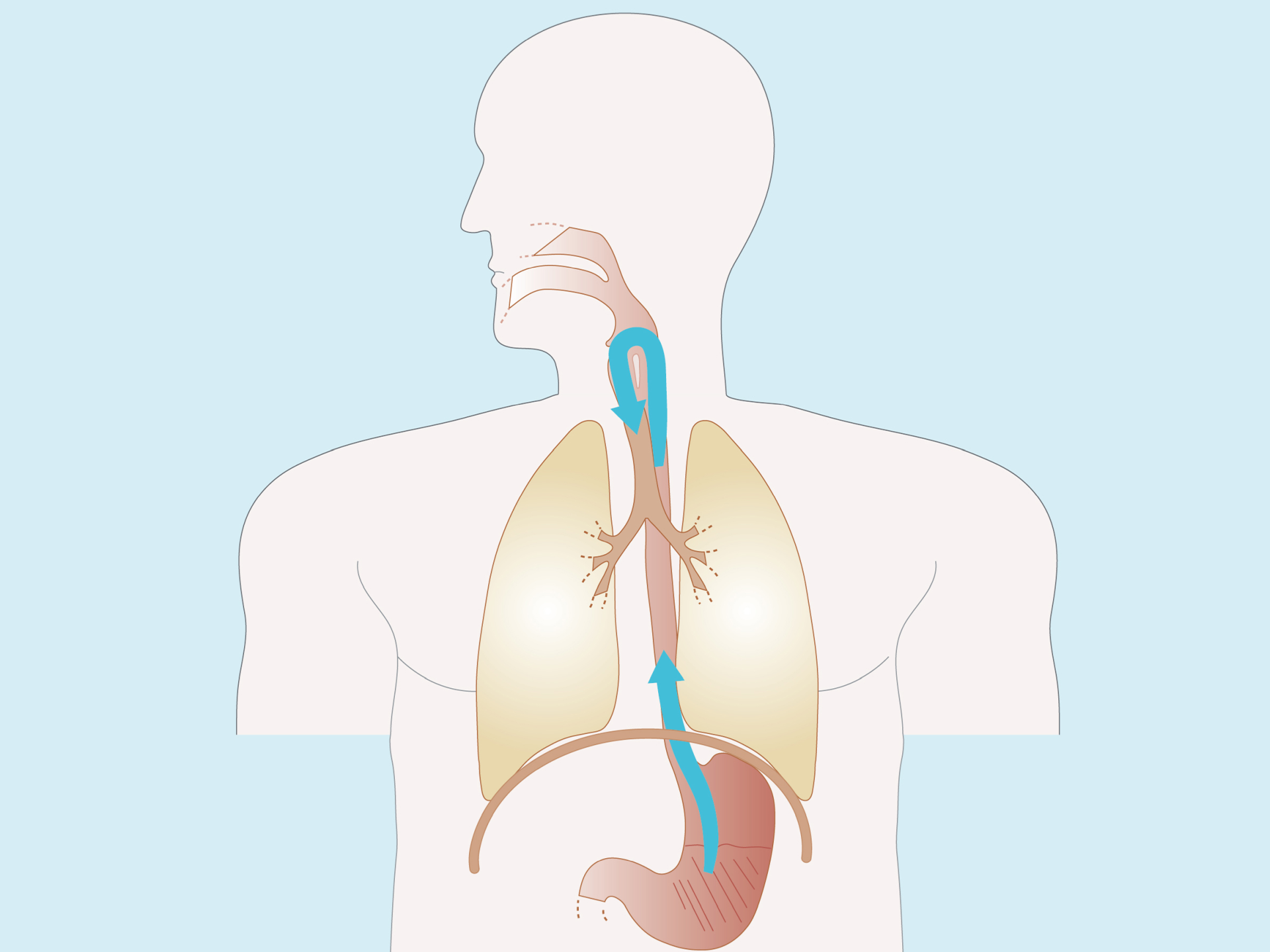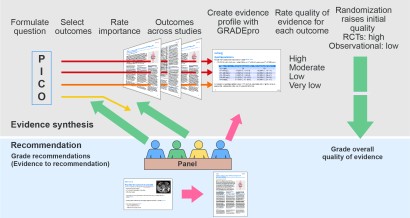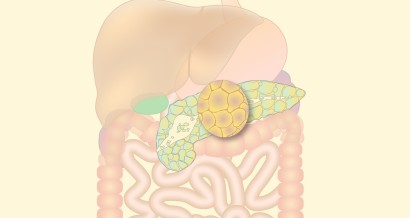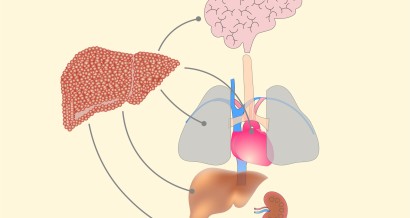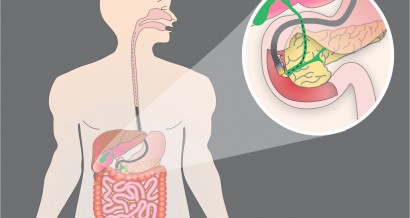The diagnosis and treatment of gastro-oesophageal reflux disease (GORD) have been driven by our knowledge of its pathophysiology. From equating GORD with oesophagitis and hiatal hernia to identifying the role of transient lower oesophageal sphincter relaxations, different GORD phenotypes and microscopic features, the pathophysiology is now understood to be multifactorial.
This online course covers the different components that contribute to the pathophysiology of GORD by following the path of the refluxate. The role of the stomach, antireflux barrier, refluxate, clearance mechanisms, mucosa and symptom perception are each considered in turn.
Learning objectives
- To understand that the pathophysiology of GORD is multifactorial
- To become familiar with each of the individual pathophysiology abnormalities
- To realize that patients with different GORD phenotypes may have different underlying pathophysiological mechanisms
- To recognize that treatment of GORD should be designed to modify the specific pathophysiology
- To appreciate that patients with GORD who have similar symptoms but different pathophysiology mechanisms may need different treatments
Target audience
This course is suitable for gastroenterologists in training, but is also appropriate for physicians and surgeons in other disciplines, as well as nurses, biotechnicians and advanced-years’ medical students who have an interest in gastroenterology.
